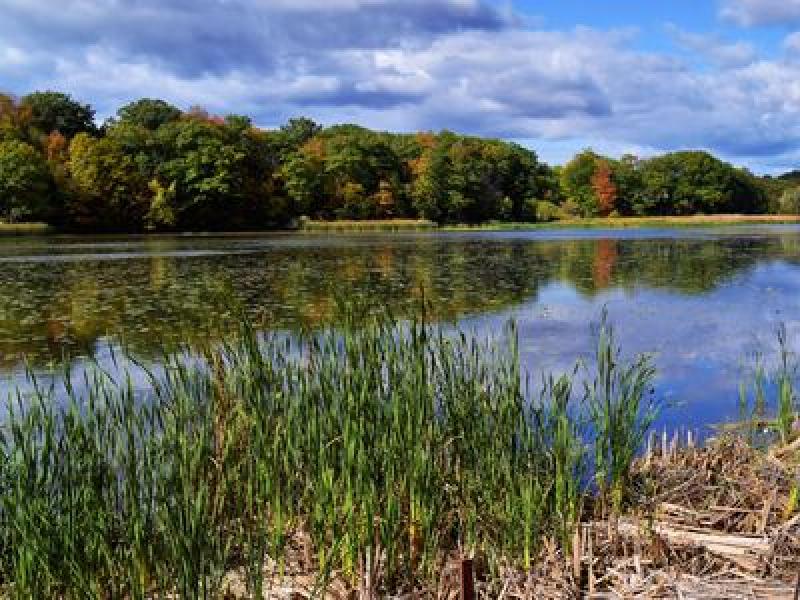
The CSA Group has published a new standard detailing how parties such as local governments and consultants can begin accounting and reporting on natural asset inventories.
Natural assets, in this instance, refers to environments like forests, grasslands and waterways that provide infrastructure-based outcomes in communities such as stormwater management.
The new standard defines minimum requirements for the development and reporting of a natural asset inventory via definitions and guidance. It is titled CSA W218:23: Specifications for natural asset inventories and was developed by the Technical Committee on Natural Asset Inventories.
The committee was composed of key interest groups including academics, municipal staff, regulators, industry representatives, consultants and users. This included Joanna Eyquem, the managing director of climate resilient infrastructure at the Intact Centre on Climate Adaptation, which has published reports on heat waves, flood risks and calls for the inclusion of natural assets in accounting.
“The impetus for these national standards was to get an inventory of what assets exist in our community, but then further still to link those natural assets with these kinds of ecosystem services that the assets are providing, that may not be one-for-one correlated,” Michael Leering, the CSA’s director of environment and business excellence, told SustainableBiz.
“So things like carbon sequestration, regulation of extreme heat and having tree canopies provide some services there, and flood mitigation.”
The CSA’s corporate head office is in Toronto, while its American head office is in Cleveland and its European head office in Plattling, Germany.
CSA’s natural asset standards
The standard took about 18 months to develop. There was also a 60-day public consultation period.
The committee was led by chair Steve Wyton, the manager of asset management planning for the City of Calgary, and Michelle Molnar, the technical director of the Natural Assets Initiative. Financial support was given through Environment and Climate Change Canada.
An accompanying press release noted this was an area in which Canada had been lagging, despite its reputation for natural wonders.
“We don't currently have natural asset inventories across the country . . . Although there are some leading communities that have started to embody this, it's not proliferated nationally. I think one of the reasons why is that there was no consistent standardized way of creating an inventory and making sure that they're comparable and consistent between the communities across Canada,” Leering said.
“If we're able to then provide that standardization, it will not only help support the development of the inventories, but it'll help (make) collaboration between communities even easier.”
The standard isn’t intended to holistically assign value to a given natural asset.
“I think the focal point for our national standard is, it’s really making sure that we have a consistent standardized way of developing the natural asset inventory, making sure that we categorize the bio-physical structures and processes consistently across communities,” Leering explained. “And then we link into the ecosystem services that they that they provide. The example of that is . . . a river provides flood mitigation by mobilizing water away from the community.”
CSA’s next steps
Leering said the hope is that the standard is used in alignment with existing standards on built environments and built infrastructure.
“Because the natural assets themselves don't end at municipal boundaries, a forest can bridge to communities,” he said. “And having a like means by which they can categorize the functions and definitions of the forest themselves, will really help the neighbouring communities collaborate on protecting and restoring these kinds of really critical pieces within our environment.”
All national standards the CSA publishes are reviewed every five years. However, Leering acknowledged in this case the review will likely be sooner due to the fast-moving landscape around which it has been created.
Leering also highlighted how the new standard would compliment the CSA’s many previous standards on water solutions, such as CSA W201-18, Construction of bioretention systems or CSA W204:19, Flood resilient design of new residential communities.
“Almost every natural asset that we have will help with flooding . . . flooding is going to be continuing to be a massive issue for not only Canada, but globally,” Leering said. “Not only the number of events, but how they're transpiring is also changing. So, absolutely natural assets deal with all aspects of this.”










